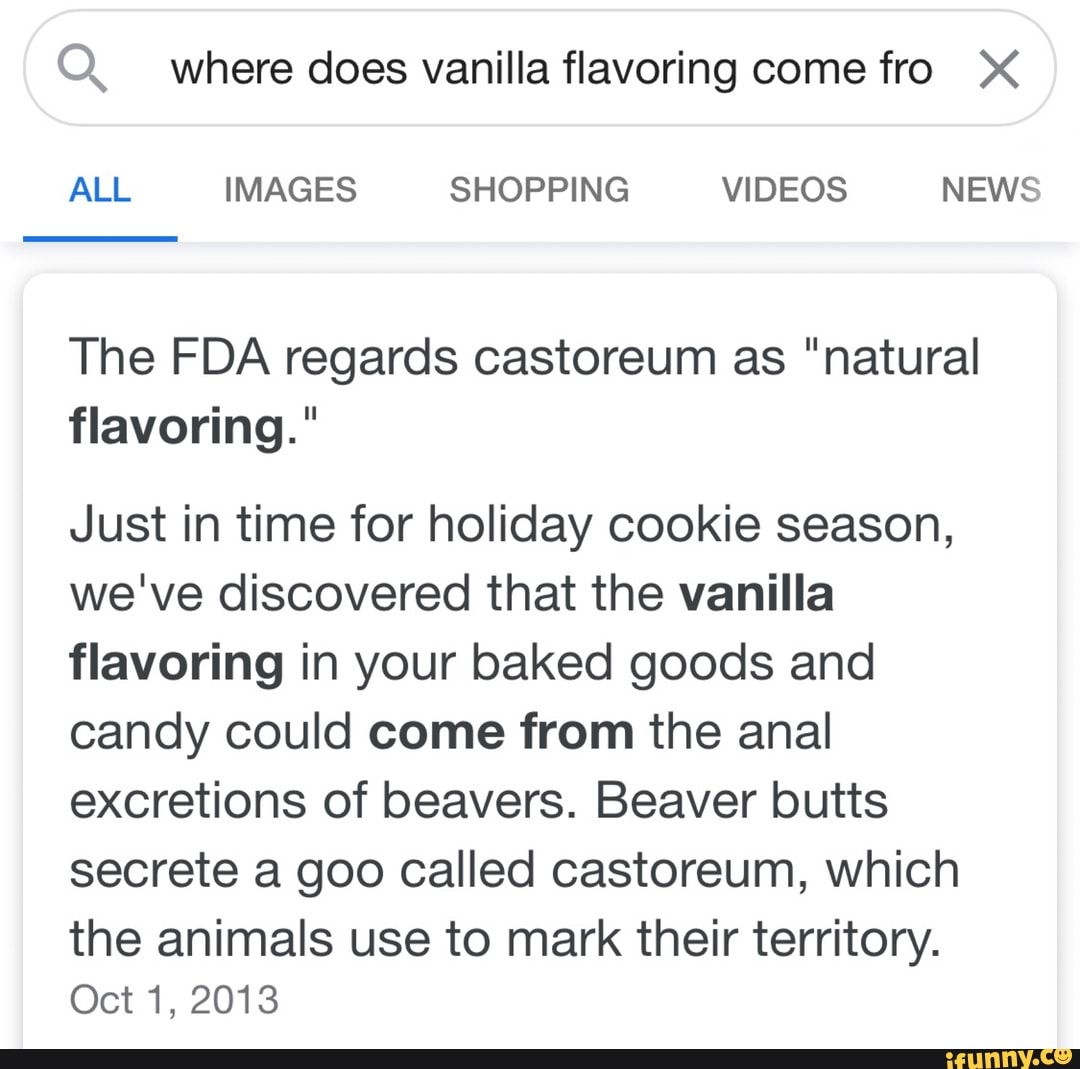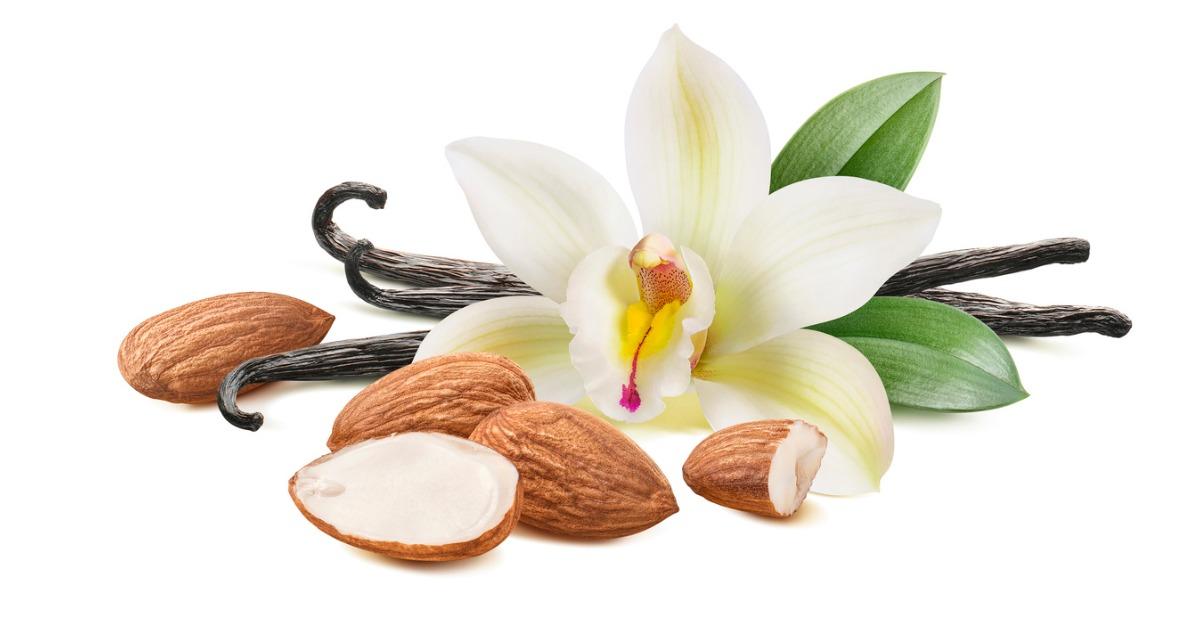

C onsumer affinity for the spice remains so great that it is estimated there are at least 18,000 products on the market today that contain vanilla flavor. Queen Elizabeth, who is said to have had a sweet tooth, is credited for popularizing it before vanilla caught on in the United States in the late 18 th century.Īccording to Datassential, 81% of consumers love or like vanilla and 94% have tried it. Its popularity reportedly dates back to 1602 when Hugh Morgan, an apothecary for Queen Elizabeth I, introduced her to vanilla as a flavor and she loved it. Vanilla is one of the most beloved spices in existence. Later this month, we’ll explore additional vanilla growing regions and the sensory language used to describe the differences in flavor, as well as wh y consumers prefer Madagascar vanilla and how vanilla sourcing and care for our suppliers remains a key area of focus for Synergy’s global sustainability program. Generational relationships, built over decades of collaboration and widely varied market conditions, are at the heart of our trusted network of partners in the SAVA region of Madagascar. We work only with suppliers that use traditional curing methods, which promote environmental and economic benefits in the community. Synergy Flavors procures vanilla beans through sustainable sources that prioritize the well -being and livelihood of vanilla farmers and their families. Bourbon Vanilla beans produce a clear and creamy flavor, and are regarded as the most popular vanilla profile, making Madagascar the top producer of vanilla globally. Rather, these beans are grown on islands in the Indian Ocean formerly known as the Île Bourbon, which is made of islands we know as Madagascar, Comoros and Réunion today. Madagascan vanilla beans, also known as bourbon vanilla, have nothing to do with bourbon whiskey. 1 producer of the classic vanilla flavor most U.S. Allowing vanilla beans to mature on the vine for longer periods of time produces a higher quality of cured vanilla than those picked prematurely. This is done to discourage vanilla farmers from picking their beans too early. Mid-October marks the start of the new crop of vanilla exports.

The Malagasy government sets dates for when the new vanilla crop can begin trading, which is typically mid-July, and when the beans can be exported out of the country. During the curing process, beans are laid out to “sweat” in the hot tropical sun during the d ay and wrapped in burlap blankets during the evening. Beans are boiled to halt vegetative growth, beginning the flavor development process.

The Aztecs first named the fruit tlilxochitl or “black flower” because the pod shrivels and turns dark after it is picked. From July through September, vanilla is aged and prepped sorted and graded and packaged for export. Harvesting occurs during June and July, which leads into the eight- to 12-week traditional curing process. Growing season is an eight-month process, running from November to June. Both the vine and beans are very delicate, so they require careful handpicking, in addition to the already labor-intensive hand-pollination process. Growing and harvesting vanilla is incredibly labor-intensive. Once pollinated, beans take about three to four months to mature. Flowers must be hand-pollinated during a five – to six-hour window of blooming. When he discovered that vanilla orchids could be hand pollinated, it opened doors for vanilla production outside of Mexico that otherwise would not be possible.Ī vanilla vine is very prolific: there are usually about a thousand blossoms per vine but only 40 to 50 blossoms are pollinated to not overtax the vine.

Until an attempt to artificially pollinate vanilla orchids was done by a slave, Edmond Albius, who lived on the French Island of Bourbon (Réunion) in the Indian Ocean. As demand for vanilla rose, attempts were made to industrialize the process, but nothing proved successful. Up until the mid-19 th c entury, vanilla orchids were pollinated exclusively by a particular bee in Mexico called Melipona. Vanilla begins with a single flower that opens for pollination only one day every year and if you miss it, no vanilla bean.


 0 kommentar(er)
0 kommentar(er)
